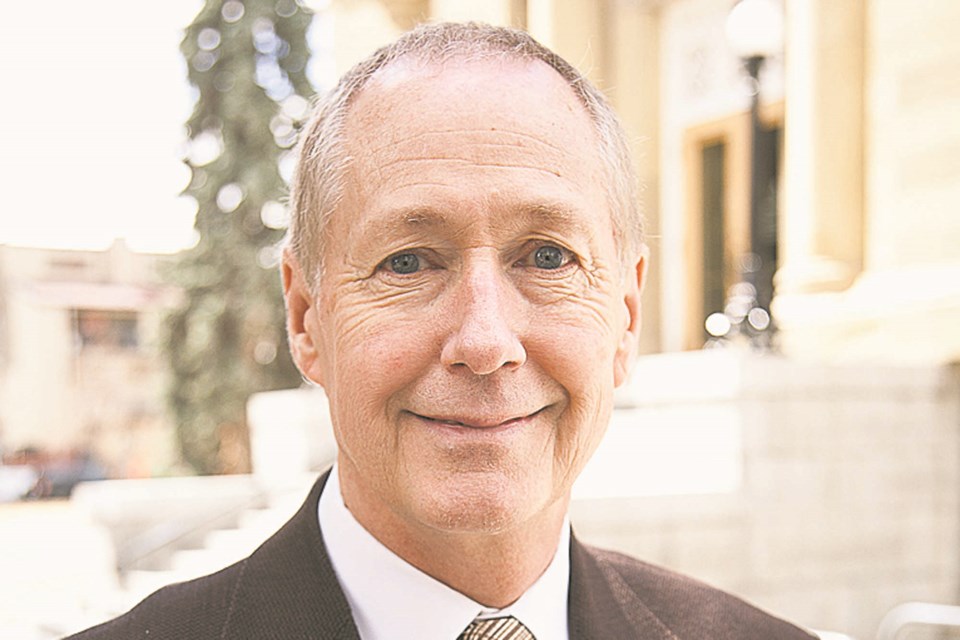As a kid those Airfix models of Second World War fighter planes were irresistible.
They promised a wonderful, small-scale replica of power, danger and beauty. Sadly though, it was up to me to actually put the kit together. Invariably I’d be left with a Messerschmitt’s wheel, a Zero’s machine gun or a Spitfire’s cockpit unused in my sticky paw once I’d finished.
Yes, modelling wasn’t all it was cracked up to be.
Maybe that’s why the various predictive models the world’s devised to plot the rise and fall of this COVID-19 pandemic always seemed, from the get-go, little more than a desperate fumble in the dark.
You can indeed be a true believer in science and respect those smart cookies exploring it to the nth degree. But where it often goes astray is when the remarkable knowledge of today is used to extrapolate what’ll happen tomorrow. That’s where the wheels can come off, like the landing gear of a just-glued together MiG-3.
That’s why weather forecasters are more circumspect when moving beyond five days. They know from bitter experience that things get more dicey the further out the timeline and, unlike most scientists, they hear about it long and loud from ordinary folk if they get it wrong.
Other scientists, far removed from the ire of disappointed golfers, skiers and gardeners, are more secure engaging in self-assured pontificating about the future.
In fact, the more extreme the guesswork the more publicity they’ll receive, which is always good for future grants and such. And, by the time their model is proven wrong, most folk will have long forgotten about what was once stated as surefire science.
Across the planet the multitude of models estimating the severity of the current pandemic are now being exposed as the guesswork they always were.
Of course it is understandable authorities should plan ahead and it’s better to err on the side of caution than be happy clappers, crossing our collective fingers and hoping for the best.
Yet we should revisit those past predictions occasionally, if only to remind ourselves that just because someone smart makes a confident prediction we should resist slavishly believing every syllable or scenario uttered is some future gospel truth.
In early April the Alberta government released three models predicting the spread of COVID-19 in our province: scenarios labeled extreme, elevated and probable.
In the extreme case we’d see 1.6-million infections with between 16,000 and 32,000 dead by late summer, the elevated scenario was for 1.06-million infections and as many as 6,000 deaths and in the probable model those numbers were 800,000 with up to 3,100 fatalities.
So now we’re in mid-May and the actual numbers, as of Tuesday morning, are 6,300 total infections (with 4659 of those folk having recovered) and 117 deaths.
Yes, we’re overjoyed the modelling appears off base. But such relief shouldn’t blind us to the fact it was wrong.
Because sometime we get surefire predictions from scientists that fall dangerously short on the other side of the risk ledger.
At the start of February the country’s leading public health officer, Theresa Tam, said the risk of COVID-19 spreading within Canada was very low and that a travel ban on international visitors might do more harm than good.
“Canada’s risk is much, much lower than that of many countries. It’s going to be rare, but we are expecting cases. It doesn’t matter how few those cases are. We are preparing the whole country in the event that you might pick up a rare case,” she confidently predicted.
Yep, as I discovered half a century ago, modelling is a sticky business and quite often the wheels fall off.
Chris Nelson is a syndicated columnist.

